This is part of a series on ASEAN countries. Despite being a founding member of ASEAN, this sprawling collection of islands has had a dramatic and often difficult journey to the relative stability it enjoys today. Our sister product, The Expat magazine, explores a brief summary of the turbulent history and encouraging future of the remarkable archipelago of the Philippines.
As with so many countries and empires in the generations past, natural resources and spontaneous opportunities only count for so much. At the end of day, it is the people who have the chance to make or break a country’s fortunes, and bright futures can be swiftly derailed by the meddlesome dabbling and power struggles of those who interfere.
Seen today as a slightly poorer relation of its Asian neighbours, the Philippines actually boasts a multitude of natural resources, from vast sources of untapped gold and copper to plentiful stores of geothermal energy (it’s the second largest producer in the world). It also, thanks to its tropical climate, volcanic origins, plentiful islands and coasts, and lush tropical and subtropical forests, is one of the world’s most megadiverse countries, harbouring the majority of the world’s species – an incredible 16 new mammal species have been discovered in the last decade alone.
And yet for too long, this great potential has gone untapped, and for too many Filipinos, it has gone unrealised. Years of war, revolution, occupation, corruption, and dictatorships have made peace and stability hard to come by, and it is only in the 21st century that this nation of over 100 million is beginning to pick itself up.
Foreign influence
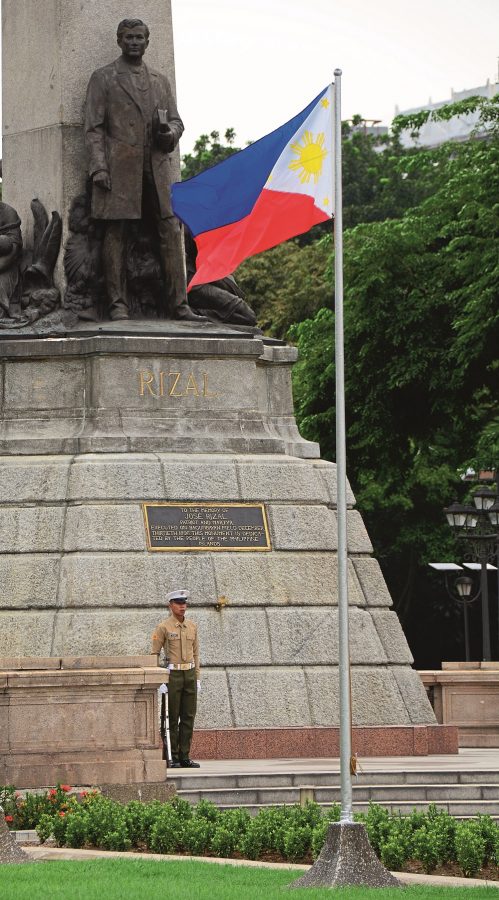
The more than 7,000 islands that form the present-day country were only unified in the 1500s when the Spanish laid claim to the land and made Manila the capital of their Asian empire, the Spanish East Indies.
Tribal leaders, rajas, and chiefs were brought grudgingly into line but the Spanish, to their credit, did their best to bring some infrastructure into the country.
Schools, hospitals, and universities were built, Christianity was spread (for better or worse, depending on who you ask; over 90% of Filipinos remain Christian today), and trade introduced a selection of new, lucrative crops including pineapple, potatoes, tomatoes, and chilli peppers.
There were revolts and there were invasions (the Brits, Portuguese, and even a gang of Chinese pirates tried their luck), but the Spanish held power for over three centuries, until a number of Philippines-born Spaniards began to sense that the time was right to wrest control from the Spanish.
Andreas Bonifacio was the man who lit the spark in 1896, and just two years later, the Philippines celebrated its independence. Alas, it was a short victory, as no sooner had the nation wriggled free of the Spanish than the Americans turned up.
Having “bought” the Philippines from Spain for $20 million following the Spanish-American War, the victorious US had little interest in accepting the country’s new claim of independence. The Philippine-American war ensued, with the US again emerging victorious and the Philippines once again back in the hands of foreigners, essentially the Americans’ one big experiment with colonialism.
War and independence
As the 20th century wore on, the Filipinos continued to think longingly of independence, but their dreams were shelved when World War II arrived to their islands. The Japanese invaded in December 1941, just 10 hours after their surprise attack on Pearl Harbour in the United States.
With the Americans’ Pacific Fleet severely crippled and unable to render support, the Japanese sought to use the advantage to conquer the Philippines, and, in what is considered the worst defeat in United States military history (as American soldiers were part of the defending forces), overwhelmed the ground forces at Baatan Peninsula.
Some 30,000 American troops and 100,000 Filipino troops were either killed or captured. The Japanese soldiers then forced the survivors on a 100-km death march that killed over 21,000 prisoners of war, an ignominious event later judged to be a Japanese war crime, and one whose inhumanity and brutality stood out even amid the horrors of the time. In the Philippines and throughout most of the world, war raged for years.
Ultimately, the relationship with the Americans proved critically beneficial to the Philippines, never more so than in the horrific month-long Battle of Manila.
From February 3 to March 3 of 1945, in the waning months of World War II, the Americans joined forces with Filipinos to liberate Manila from the Japanese. It was a devastating siege, one from which Manila has never fully recovered. The city was almost totally destroyed during the one-month battle, the worst urban warfare seen in the Pacific Theatre of WWII.
Though the battle resulted in an Allied victory and liberated Manila from Japanese occupation, it came at a terrible cost. Not only was the entire city laid to ruin, at least 100,000 Filipino civilians were killed (and perhaps many more), along with over 1,000 American and Filipino soldiers and some 17,000 Japanese combatants.
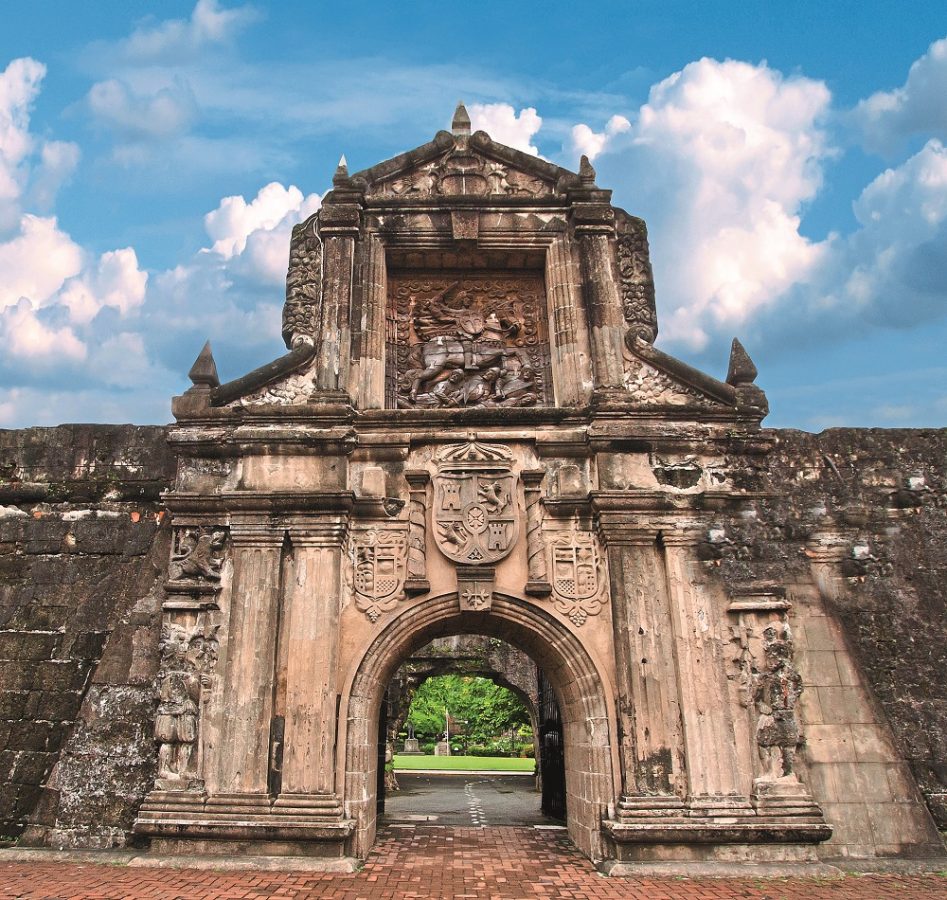
Intramuros, the historic core district of Manila whose name means “within the walls,” saw some of the battle’s fiercest fighting, and it was here the Japanese were finally defeated. The walled city was all but obliterated, with only a handful of structures surviving. The promising city of Manila, which had been called The Pearl of the Orient for its then-unique amalgam of East and West, had been razed to the ground, and in the years since, has never quite regained its footing, nor reclaimed its former glory.
After the devastation of the 1945 battle, the city never regained its cohesion, and today, the metropolis exists as a hodgepodge collection of 16 component cities with no well-defined centre, nor any unifying identity. But finally, at long last, the Philippines was a free country.
Power and money
Helping the country takes its first steps of independence was always going to be a tricky task, but surely few would have failed so spectacularly as the intriguing Ferdinand Marcos, who took up prime ministerial duties in 1965.
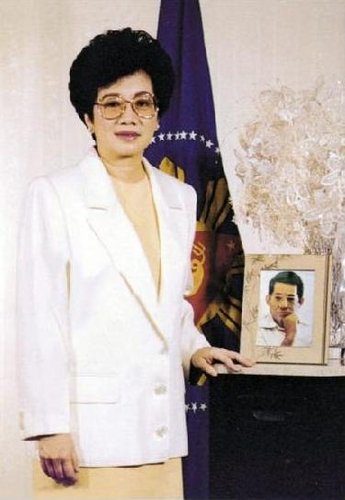
As the son of a former National Assembly representative, Marcos’ name was already known to the political world by the time he took office: twenty six years earlier, at the age of 21, he had been given a death penalty for murdering his father’s rival, although this was eventually overturned by the Supreme Court.
His time in office did bring some improvements for the country – Marcos can be credited with successful infrastructure developments and economic reform – but these were somewhat tarnished by the widespread corruption and repression.
Marcos ruled the Philippines under martial law for nearly a decade beginning in 1972 and became infamous for his grand corruption and extravagant lifestyle.
Under his rule, the Philippines’ national debt exploded, and amid the growing restlessness of the Filipino people following the 1983 assassination of opposition leader Benito Aquino Jr., and increasing pressure from global allies, a snap election was held in 1986, pitting Marcos against the widow of the slain opposition leader, Corazon Aquino.
Despite losing the election, Marcos refused to cede control. Outraged, Aquino’s supporters staged a “bloodless coup” and stormed the palace. Ultimately, Marcos was forced to flee into exile. He died three years later, having embezzled billions from the Philippine treasury.
A brighter tomorrow
Today, the Philippines is relatively stable, particularly in contrast to its often turbulent past. It seems Marcos’ exit was the beginning of a better time for the Philippines, and the subsequent years have seen the country finding its feet and earning its place in the region.
It was certainly no easy task – attempted coups, communist insurgencies, and the East Asian financial crisis of 1997 all served to derail the climb – but the country is at last beginning to blossom and develop, growing into the great nation it should have been all those years ago.
The future looks bright for this populous nation. Boasting cool mountain towns and some of the most stunning island beaches in the region, the Philippines seems a natural magnet for visitors, and indeed, tourism is gradually nudging the Philippines into international awareness. The country has also endeared itself to world leaders thanks to its democratic regime and eagerness to be included.
Money is moving too, and some have predicted that the Philippines will eventually outstrip its neighbours economically, by combined virtue of its population size and emerging middle class: it is touted to become the largest economy in Southeast Asia by 2050.
It’s certainly about time for the people of the Philippines to enjoy their natural assets and follow their wealthy neighbours onto the global stage. Let’s just hope that islands will be left alone long enough to propel the long-suffering Filipino people into a world of increasing safety and prosperity they have so long coveted.
Philippines fact file:
- Size: 300,000 km2 (World rank: 73rd)
- Population: 102,446,000 (2016 estimate)
- Capital city: Manila
- Largest city: Quezon City (part of metro Manila)
- Government: Unitary presidential constitutional republic
GDP PPP*: $7,846
HDI**: 0.668, medium (World rank: 115th) Currency: Philippine peso (1MYR = 11.30PHP) *GDP per capita, purchasing power parity, international dollars
**Human Development Index, a comparative measure of life expectancy, literacy, education, standards of living, and quality of life for 188 countries worldwide. (For comparison, Malaysia’s HDI is 0.779, high, and is ranked 62nd.)
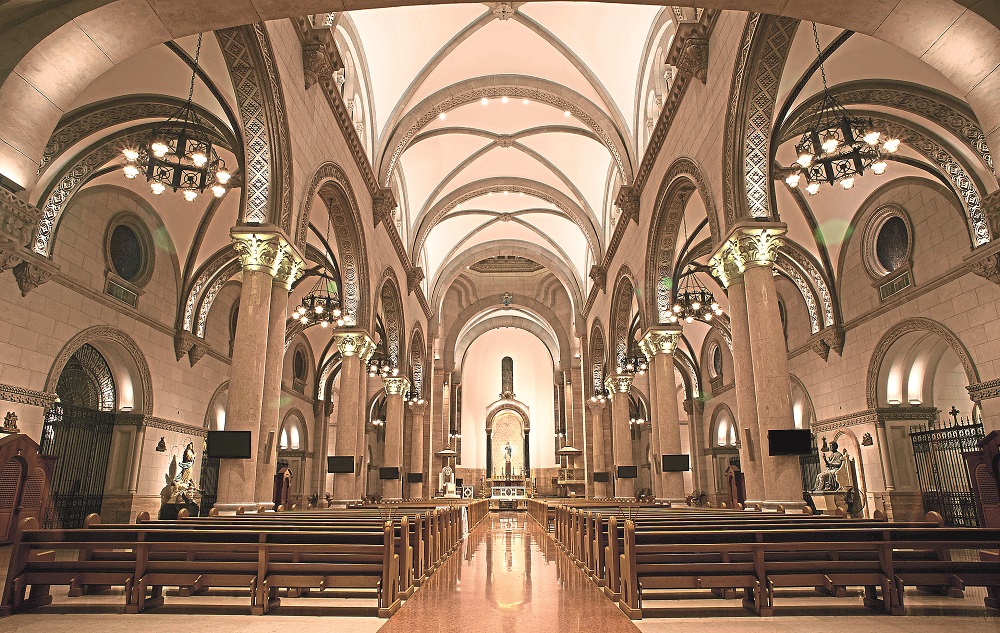
Notable facts:
- One of two major island nations in ASEAN, the Philippine archipelago comprises over 7,500 islands with a coastline stretching over 36,000km in length. The country is situated on the Pacific Ring of Fire and most of its islands are in fact volcanic in origin. The Philippines is continually threatened by volcanoes, earthquakes, and typhoons, and the 1991 eruption of Mount Pinatubo, located just 87km from Manila, was the second largest volcanic eruption of the 20th century.
- The Philippines is considered an emerging market and a world “middle power” and has been instrumental in the formation of many international associations. It is a founding member of the United Nations, the World Trade Organization, the Association of Southeast Asian Nations, the East Asia Summit, and the Asia-Pacific Economic Cooperation forum.
- The Philippines has one of the world’s largest diasporas: in addition to the more than 102 million Filipinos in the country, an additional 12 million live and work outside of the Philippines, including as many as 900,000 in Malaysia, with up to 100,000 of those undocumented, and possibly significantly more. The majority of undocumented Filipinos in Malaysia live in Sabah.
- Currently, the economy of the Philippines is ranked by the UN as the 39th-largest in the world, up four places from its 2013 ranking; however, it is estimated by HSBC to swell to the 16th-largest by 2050, a world-leading jump of 27 places from its 43rd-place ranking in our first ASEAN series three years ago.
- Should this growth be realised, the Philippines would have the largest economy in the ASEAN region by that time. (Malaysia’s economy, by comparison, is forecast to be the world’s 21st-largest in 2050.)
This article was originally published in The Expat magazine (July 2016) which is available online or in print via a free subscription.
"ExpatGo welcomes and encourages comments, input, and divergent opinions. However, we kindly request that you use suitable language in your comments, and refrain from any sort of personal attack, hate speech, or disparaging rhetoric. Comments not in line with this are subject to removal from the site. "

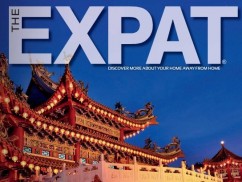

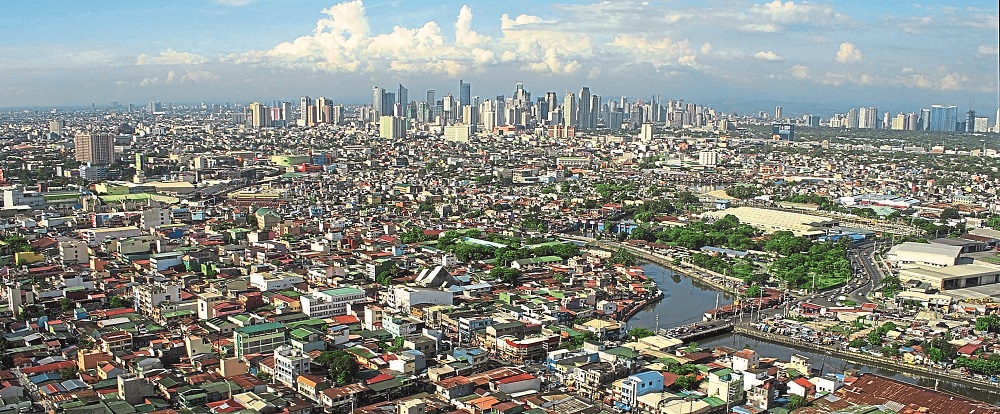
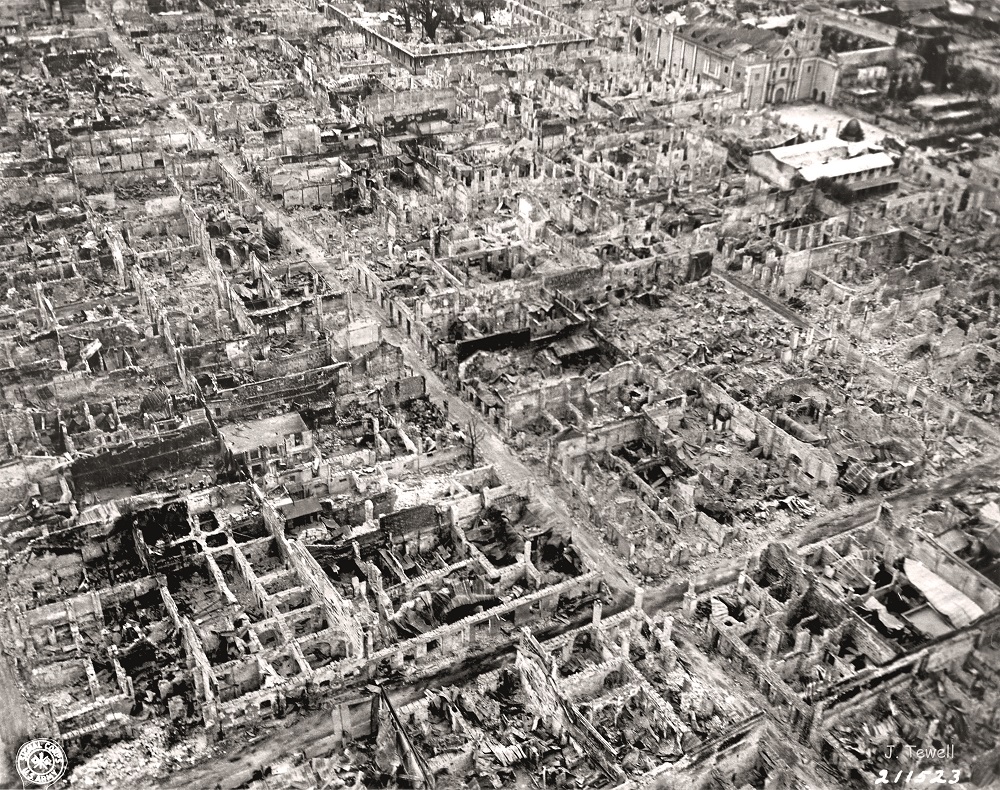
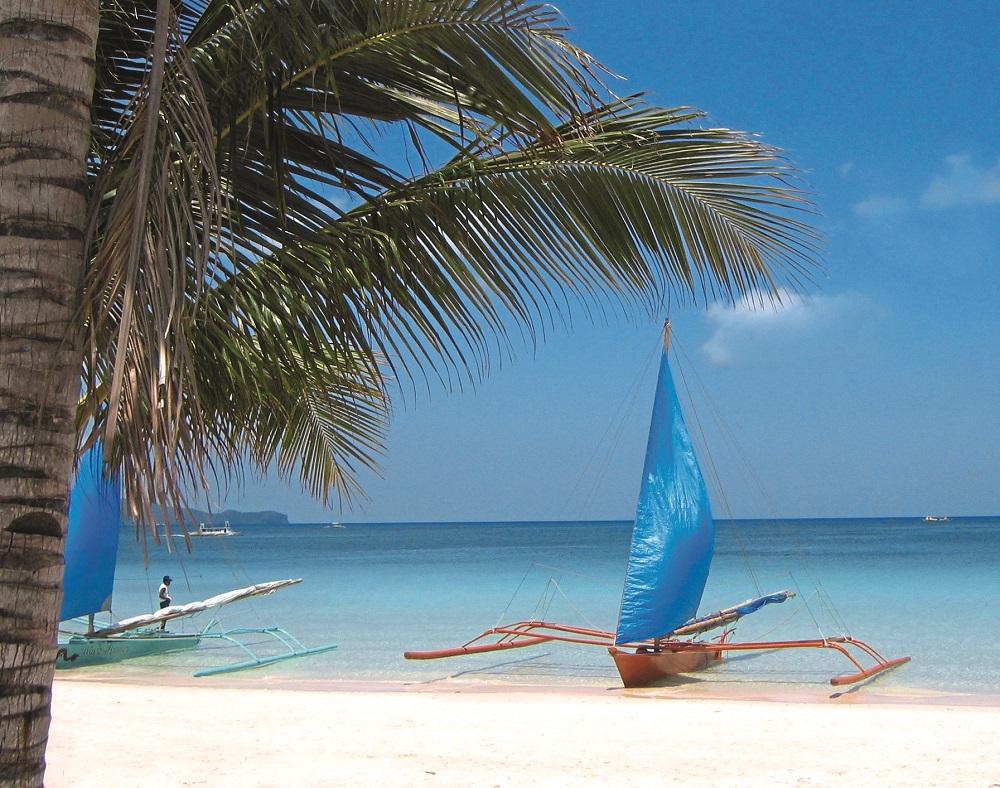















Good article overall, but the writer evidently does not understand the current economic foundations of what he gullibly believes will be the incredible recovery that will lead the nation to the top SEA position. Natural resources continue to be untapped, perceived instability continues to maim the still nascent tourism industry, which is mostly internally fueled by a growing middle class that is not the fruit of systemic growth but the unwitting result of an unsustainable economic basis: the growth that many are too quick to praise comes from remittances from abroad and from an outbound services industry, not from development of internal resources (labor cannot be classified as such in the XXI century) or the creation of a financial market. The current economic base is purely the exploitation of human labor in conditions that fall barely short of human traffic. More than 10 million Filipinos are low wage earners abroad, many working in near dismal conditions, while a huge service center industry forces local workers to work ungodly and unhealthy hours, often commuting far from the posh unaffordable locations these call centers are located in, just to meet the working hours of the customers in the countries they serve. No economy can grow indefinitely from raw exploitation of human labor, not even in the Philippines, despite the efforts by the church and government to keep people poor, uneducated and multiplying like rabbits.
You make some good points, Alejandro. But on the point of the writer not understanding the current economic foundations and gullibly believing that Philippines’ recovery will lead the nation to the top SEA position, that is not the writer’s opinion at all, but rather just forecasts and stats from HSBC and (to a lesser extent) the UN.
This article is merely an introductory overview and we can’t wait into the complex sociopolitical realities of the Philippines.
well, it’s poorly informed; unless the point of the article is just to paraphrase mainstream information, which has no value at all to the readers. There are too many “writers” out there writing articles about places they haven’t even visited just to make a buck.